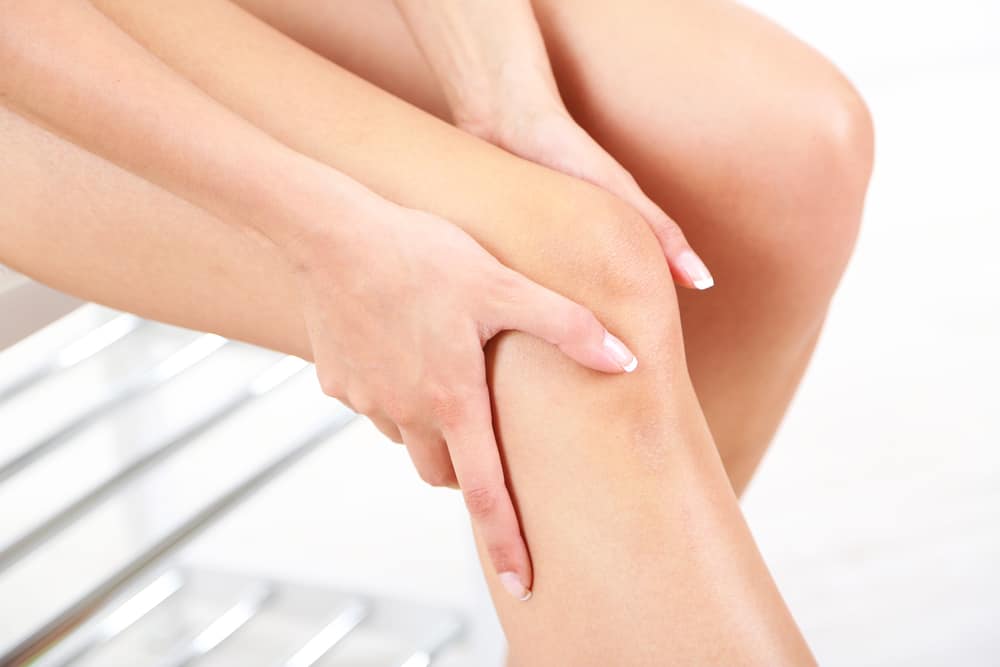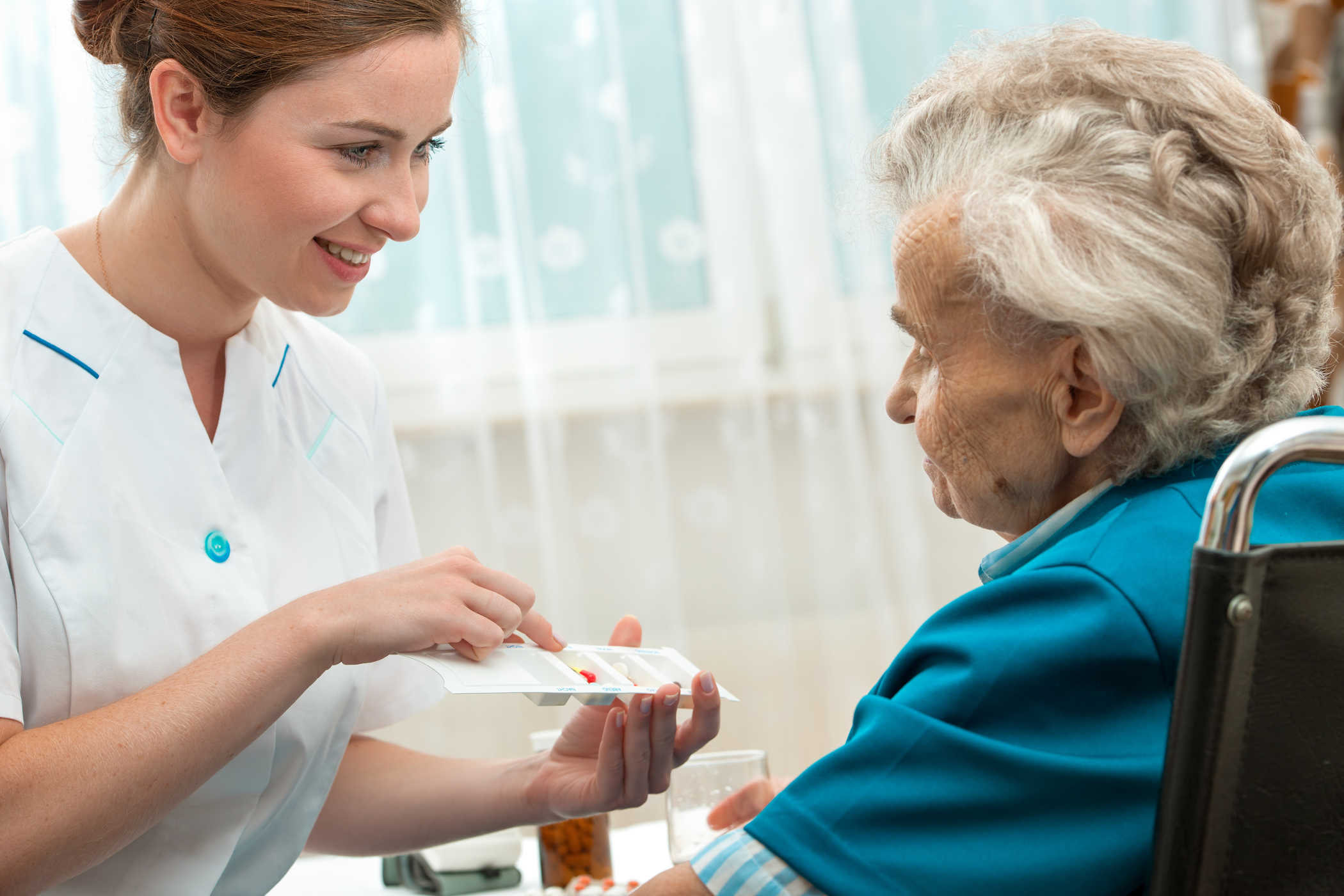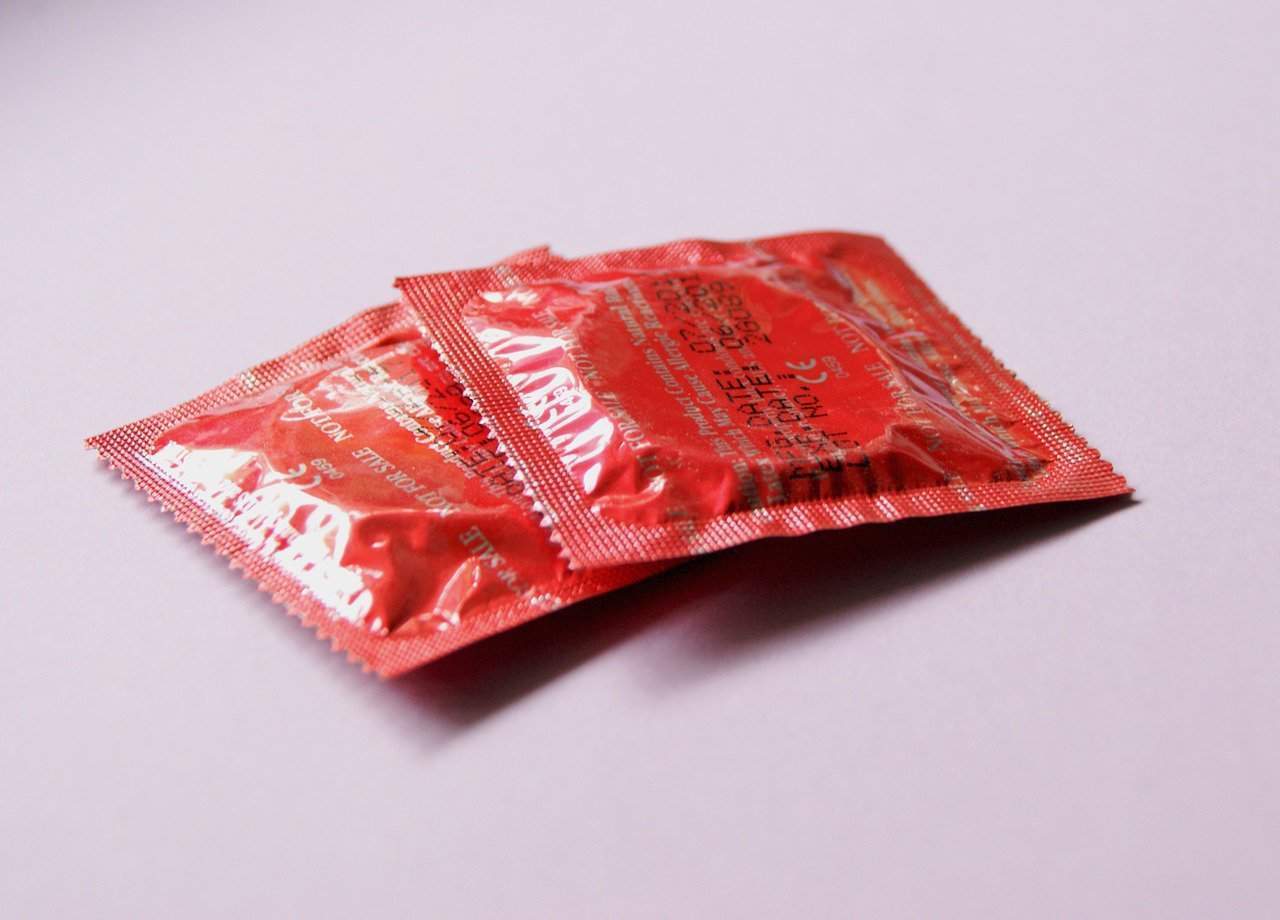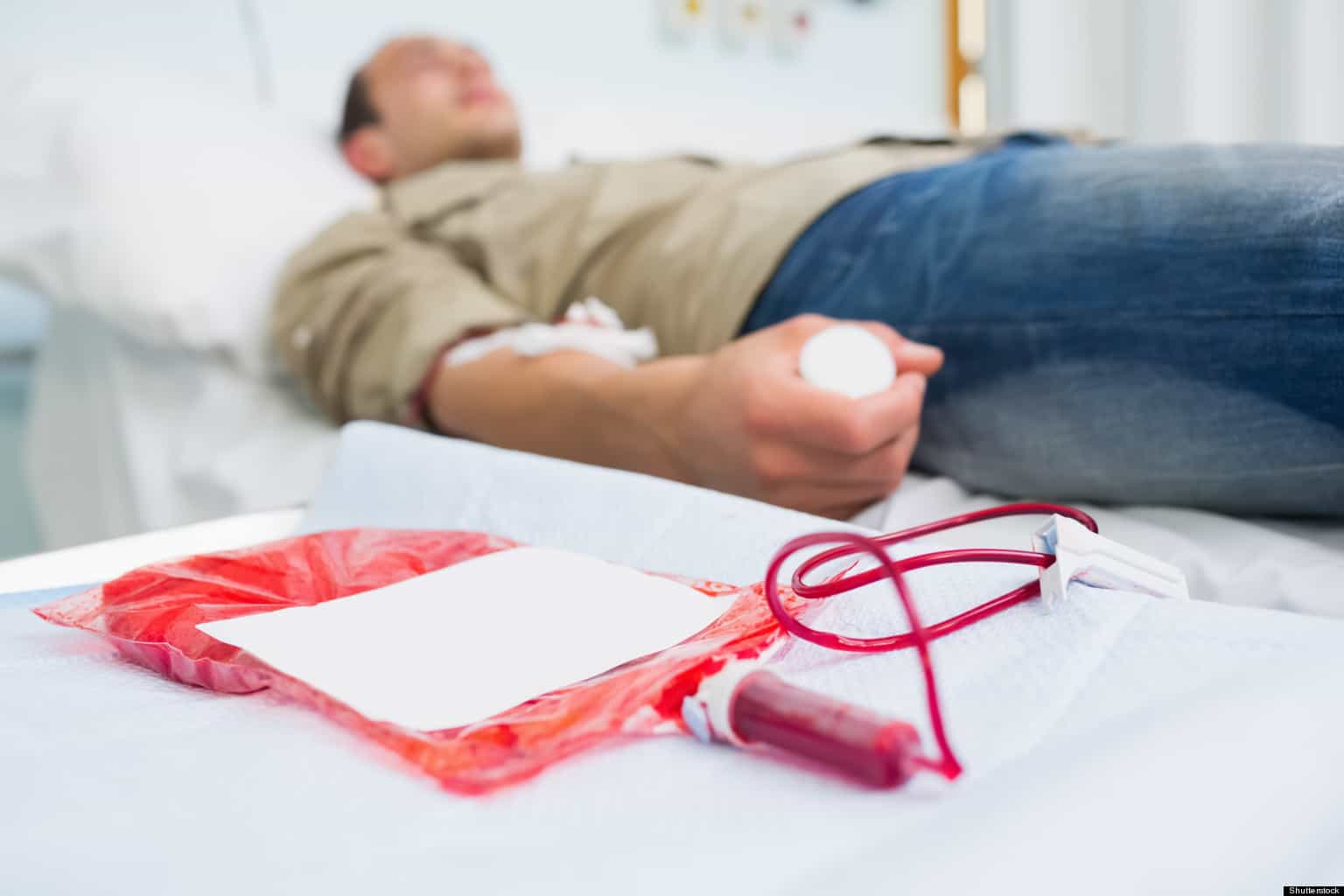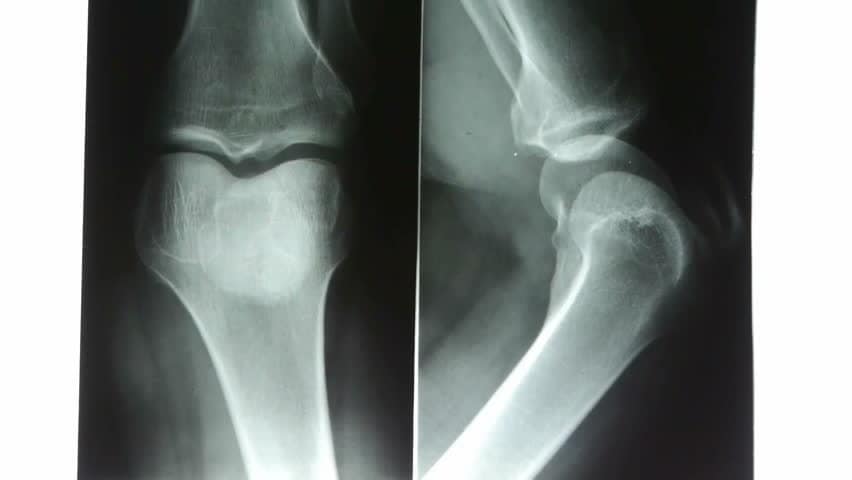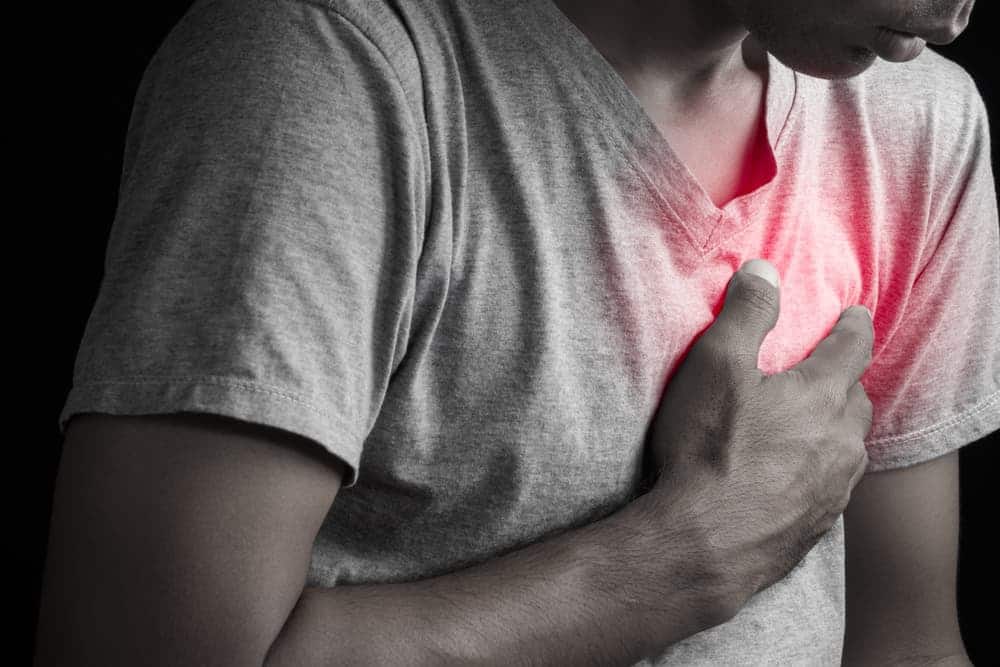Contents:
Medical Video: Cell surface markers: CD3, CD4, CD8, CD19, CD28, CD16, CD56
Definition
What is cell surface immunophenotyping?
Cell surface immunophenotyping is used to detect the development of T-cell CD4. Then, the doctor will diagnose the risk of AIDS infection in the patient. For additional information, this test can diagnose acute myeloid leukemia. All lymphocytes come from tissue cells in the bone marrow. Normal hematopoietic cells undergo changes in surface markers when they grow from stem cells to certain cells. Monoclonal antibodies have developed in response to peripheral surface blood cells.
One type of lymphocytes that mature in the bone marrow is called B-lymphocytes. B-lymphocytes provide humoral immunity (antibody production). The second type of lymphocytes growing from the thymus is called T-lymphocytes. T-lymphocytes are responsible for cellular immunity. Finally, T and B non-lymphocyte cell groups are called natural killer cells (NK cells). These cells attack foreign cells or cancer with chemicals.
Monoclonal anitibodies oppose cell surface signals to determine different types of lymphocytes. The exact number and proportion of cells is measured using the flow cytometry method. This method can be taken using blood or suspense cell tissue. Cell flow measurements can analyze thousands of cells in less than a minute.
CD4 (T-cell help) and CD8 (T-cell suppressor) are examples of T-lymphocytes. T-lymphocytes especially when combined with HIV viral load test can determine the initial time for antiretroviral treatment. This test can also be used to monitor antiviral treatment. The success of antiviral treatment is related to increasing CD4 counts. The worse the condition of this disease or the failure of treatment caused by the reduced number of T-lymphocytes.
There are three CD4 measurements related to T-lymphocytes. The first measurement is the total number of CD4s (exact number). This parameter measures overall blood and by measuring total white blood cells, reviewing and classifying lymphocytes and the percentage of T-cell CD4 lymphocytes. Second, measuring the percentage of CD4, as a sign to help make the prognosis more accurate. The percentage of CD4 T measures the percentage of CD4 + T-lymphocytes in the whole blood sample by matching surface antigens and flow cytometry. This procedure is taken by the detection of specific antigenic elements on the surface of CD4 lymphocytes by monoclonal antibodies characterized by fluorescent dyes. Reliable third prognostic sign than CD4 cell count, CD4 and CD8 ratio.
AIDS decreases the number of T cells carrying CD4 receptors. Clinical complications caused by AIDS are caused by a decrease in T-cell CD4 count. Therefore, the number of CD4 cells helps predict whether patients at risk of developing HIV infection have other opportunistic infections. CD4 level measurements were used to decide the start of prophylactic treatment of Pneumocytis jiroveci pneumonia and whether or not to use antiretroviral treatment, and the prognosis for patients with HIV.
Both cases of immunodeficiency and immunosuppressive drugs used after organ transplants can be monitored using identification of the surface of immune cells. Lymphoma and other lymphocyte diseases are classified and processed based on the type of dominant lymphocytes. In some cases, the prognosis of this disease depends on identification of immunity from these lymphocytes.
When do I have to undergo cell surface immunophenotyping?
This test is used to detect the development of T-cell CD4 decline, which increases the ability of clinical complications when exposed to AIDS. Test results can show if AIDS patients are at risk of opportunistic infections. This test is also used to confirm the diagnosis of leukemia, acute myeloid (AML) and to distinguish AML from acute leukemia, lymphoma line (ALL).
Prevention & warning
What should I know before undergoing cell surface immunophenotyping?
Factors that influence test results, including:
- sampling time: the number of cells changes throughout the day
- Viral diseases can reduce the total number of T lymphocytes
- nicotine reduces lymphocyte count
- steroids can increase lymphocyte count
- immunosuppressive drugs will reduce the number of lymphocytes
It is important for you to know the warnings and precautions before carrying out this operation. If you have questions, consult your doctor for further information and instructions.
Process
What should I do before undergoing cell surface immunophenotyping?
Your doctor will explain the procedure and procedure test. You must be mentally prepared when you get results. You don't need to fast. Don't worry because the doctor will make sure no one willjudge your sexual behavior. Talk about if there are any concerns with the doctor.
What is the cell surface immunophenotyping process?
The medical personnel who are in charge of taking your blood will take the following steps:
- wrap elastic bands around your upper arm to stop the blood flow. This makes the blood vessels under the bond enlarge making it easier to inject needles into the vessels
- clean the part to be injected with alcohol
- inject a needle into a vein. More than one needle may be needed.
- attach the tube to the syringe to fill it with blood
- remove the ties from your arms when taking blood is enough
- attach gauze or cotton to the injected part, after the injection is finished
- put pressure on the part and then put on a bandage.
What should I do after undergoing cell surface immunophenotyping?
You will not feel sick at the time of injection. In some people, they may feel pain like being pierced when the needle passes through the skin. But when the needle is in the vein and starts taking blood, the majority of people don't feel any more pain. Generally, the level of pain depends on the skills of the nurse, the condition of the veins and your sensitivity to pain.
After taking blood, you need to use a bandage and lightly press on the injected part to stop bleeding. You can return to normal activities after the examination. You will be asked to monitor the injected part if an infection occurs because if you suffer from leukemia or AIDS, you are at a high risk of getting an infection in the blood collection section. You should discuss your concerns with your doctor, whether the results and prognosis are good or bad. The doctor cannot explain your test results by telephone.
If you have questions relating to the process of this test, consult your doctor for a better understanding.
Explanation of Test Results
What do the test results mean?
Normal results:
| Type | % | Cell / uL |
| T cells | 60-95 | 800-2500 |
| Supporting T cells | 60-75 | 600-1500 |
Abnormal results:
Increased number of cells
Reduced number of cells
Leukemia in transplant patients
Lymphoma
Immunodeficiency disease
Depending on the laboratory of your choice, the range of normal cell surfaces immunophenotyping can vary. Discuss the questions you have about the results of your health test with your doctor.
Hello Health Group does not provide medical advice, diagnosis or treatment.


